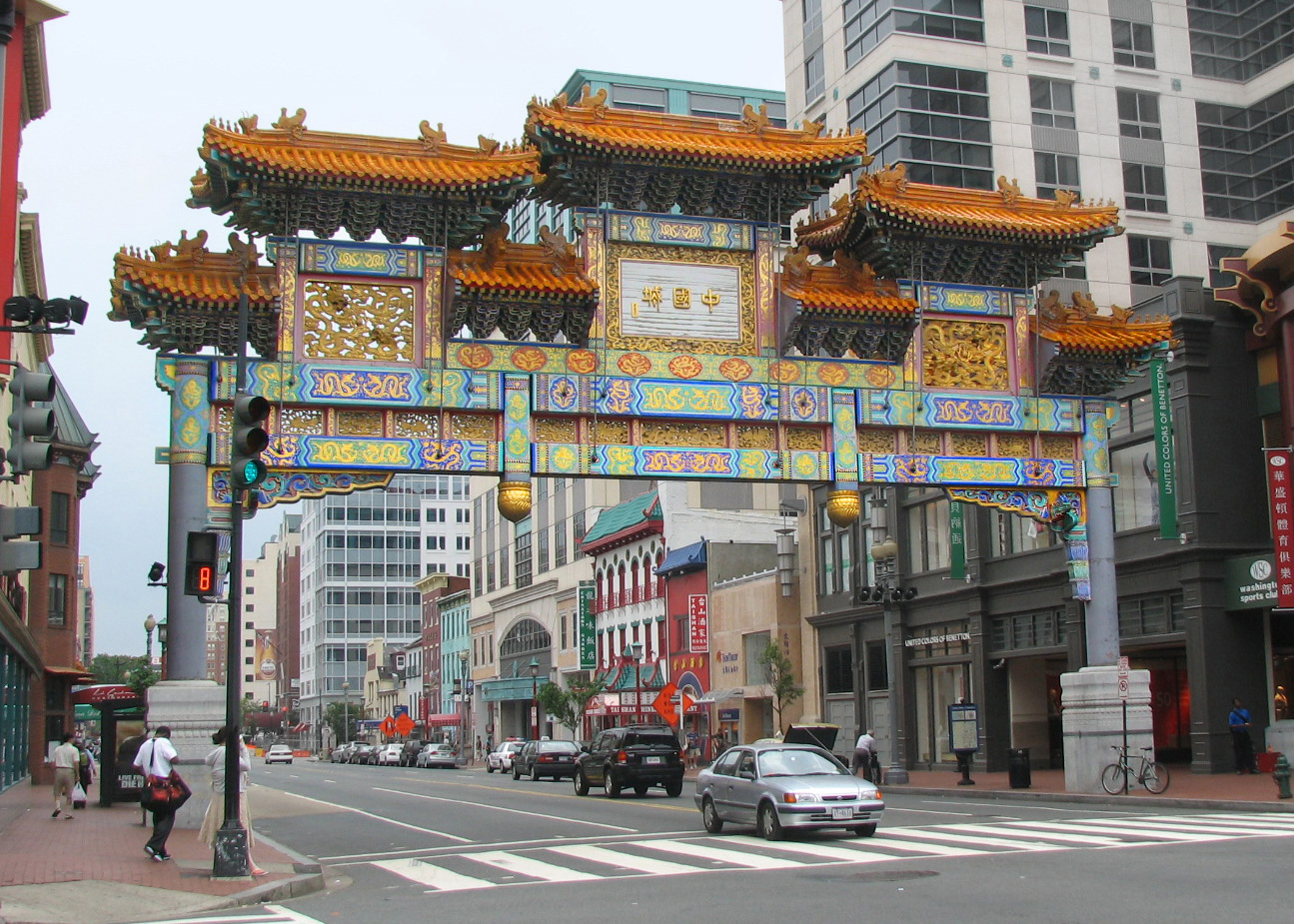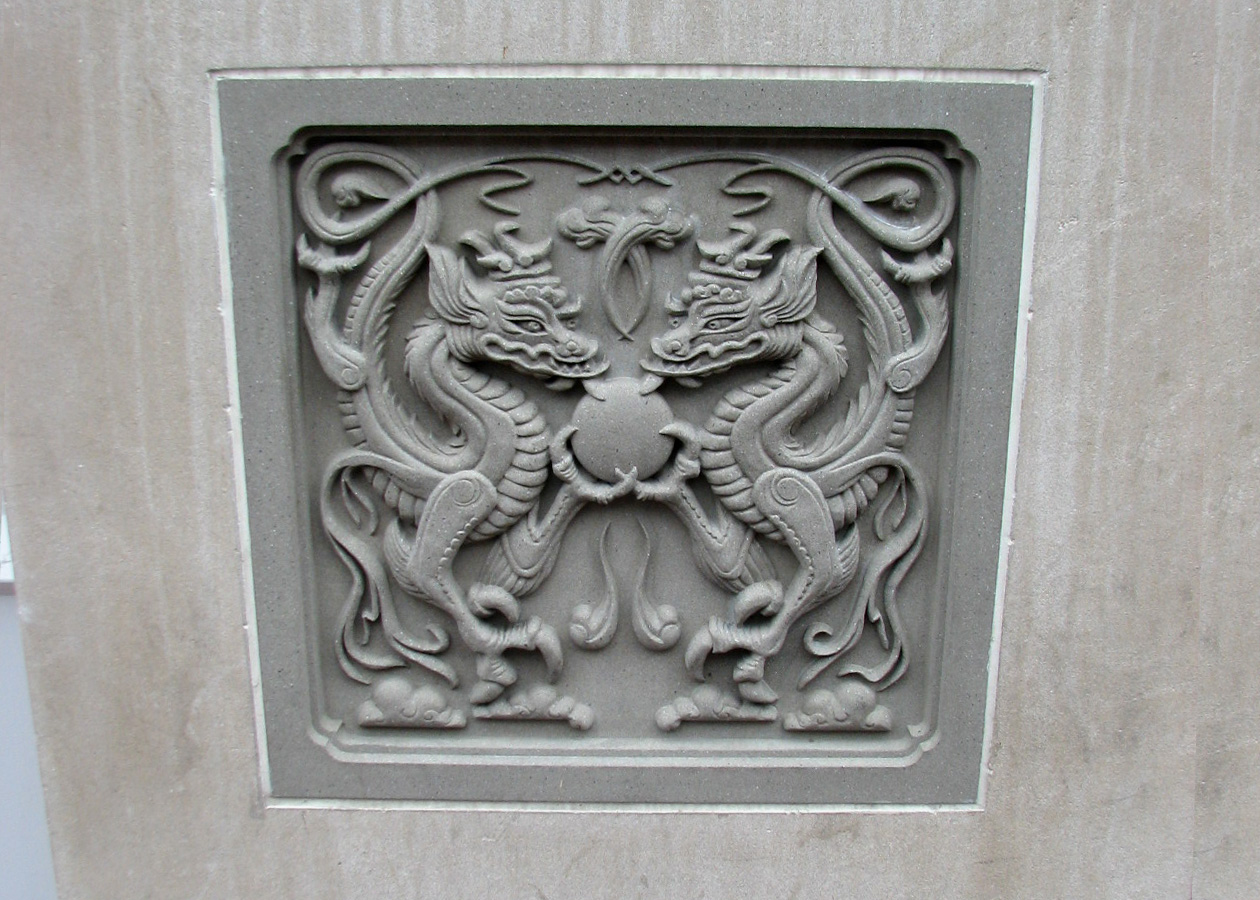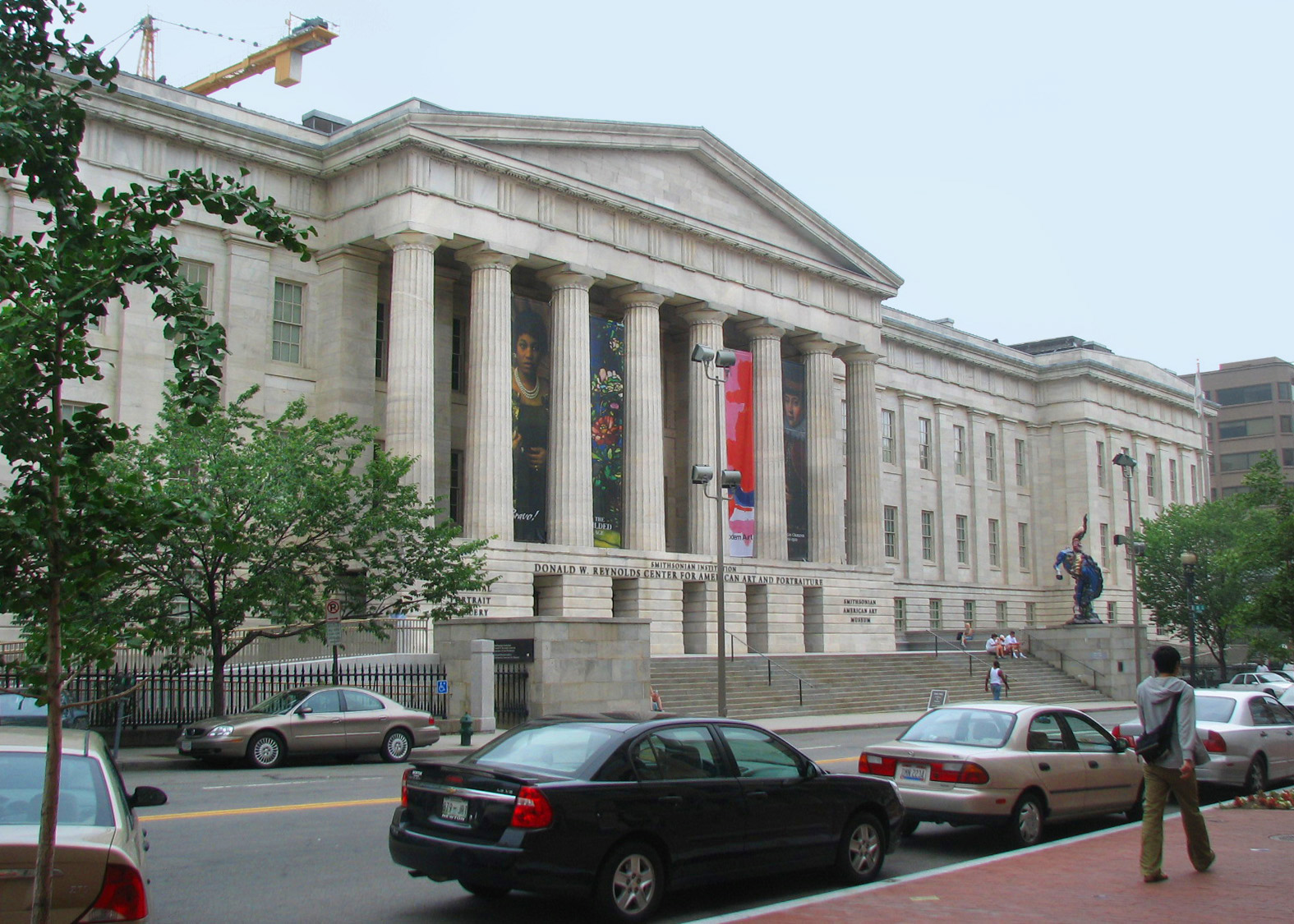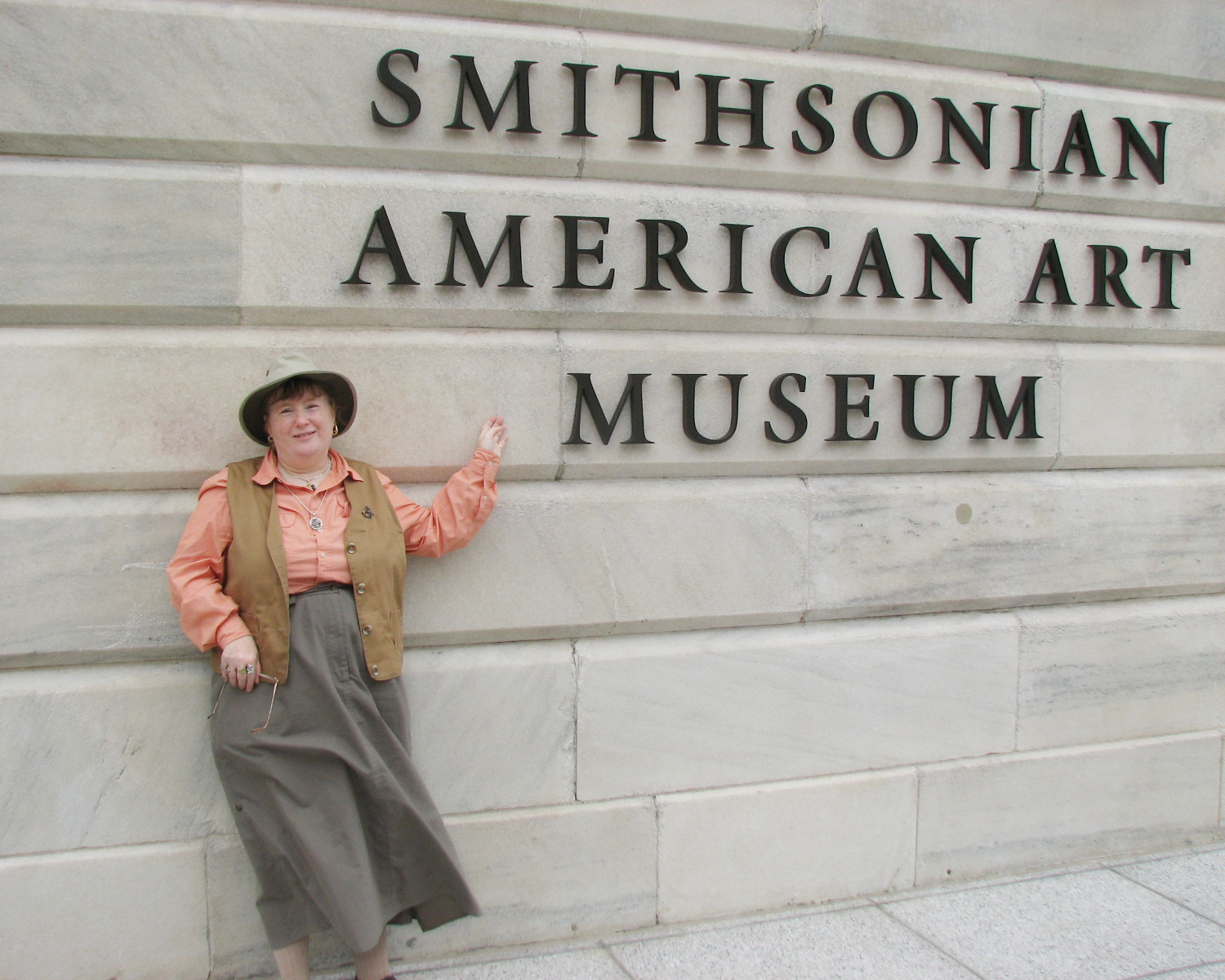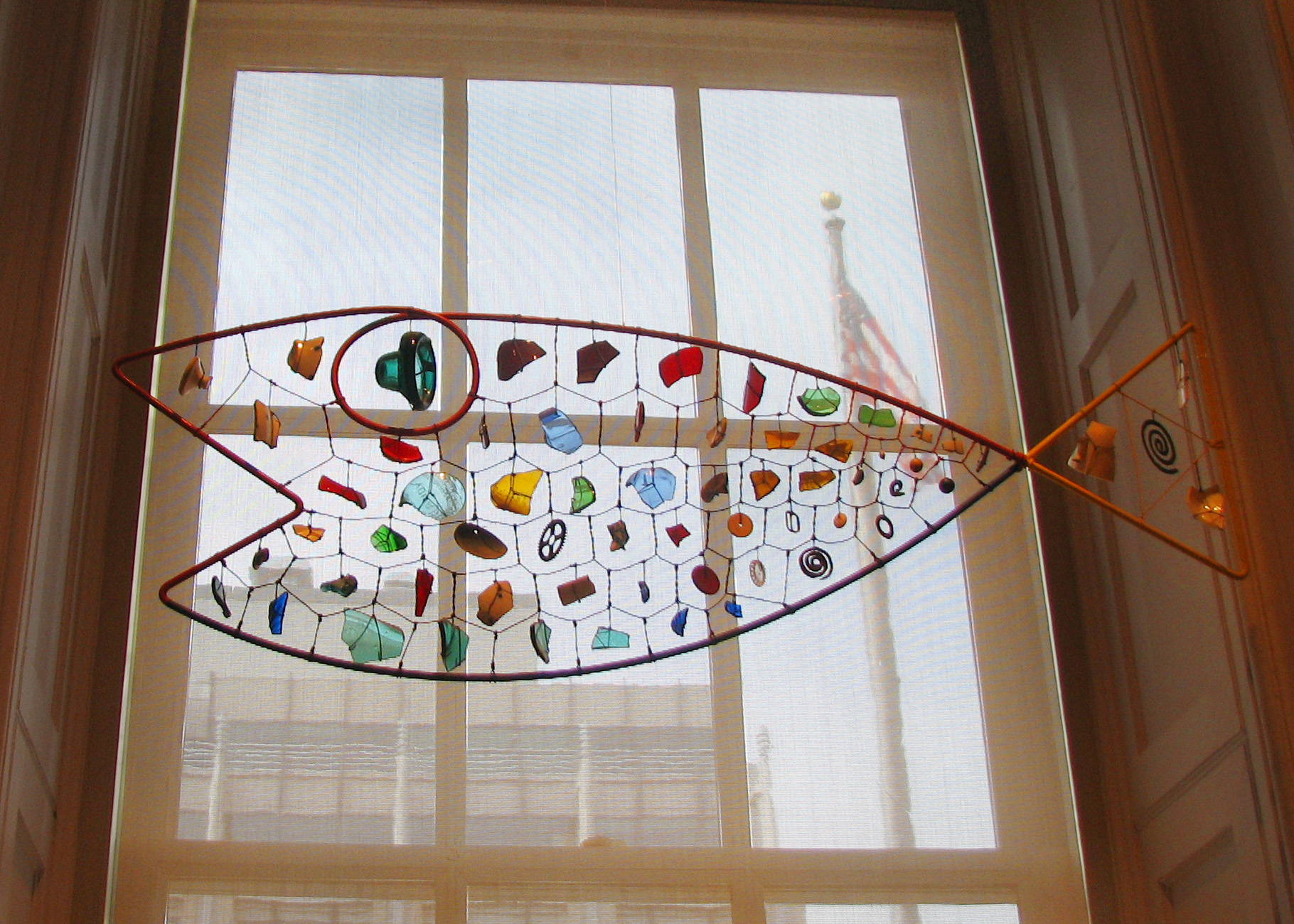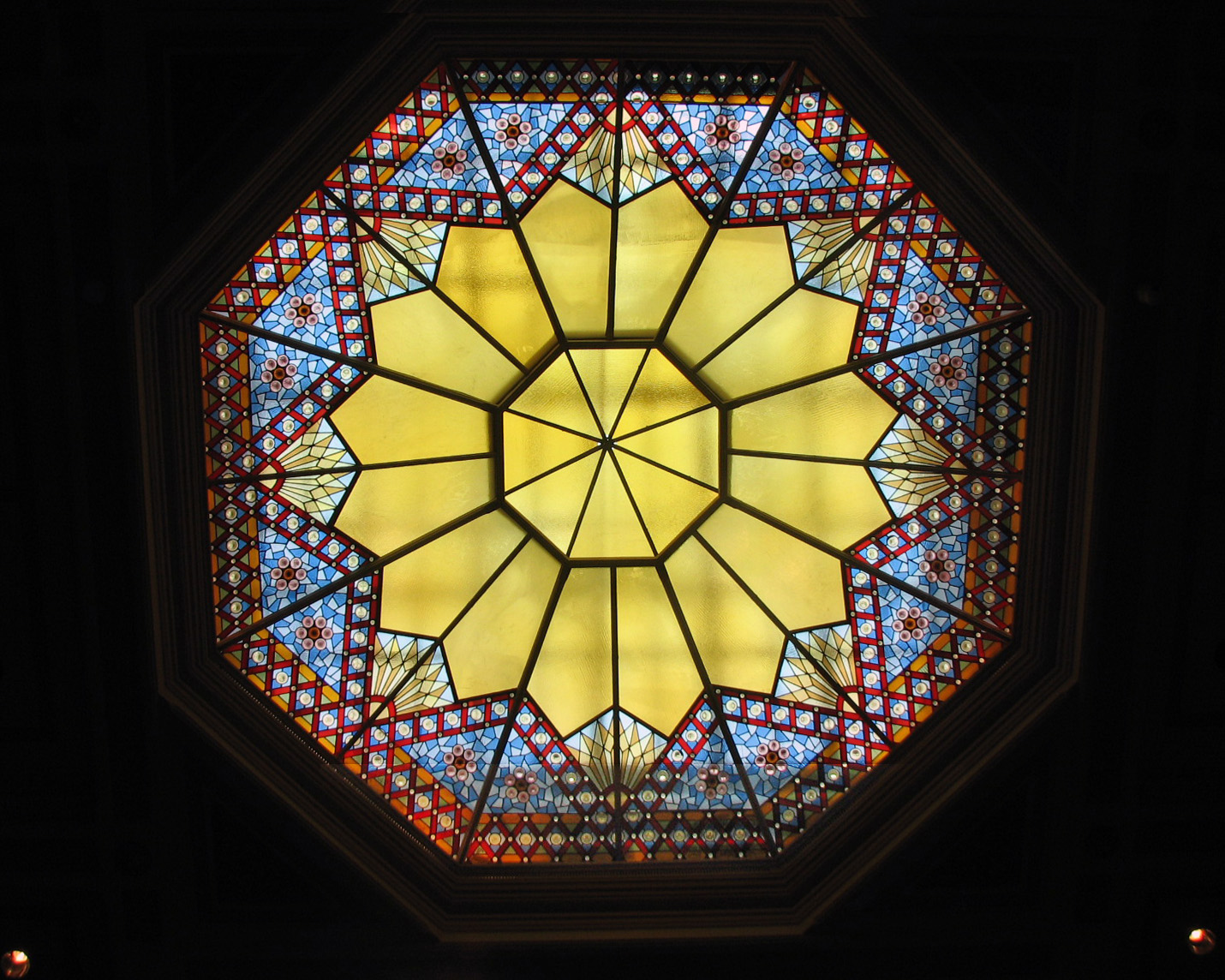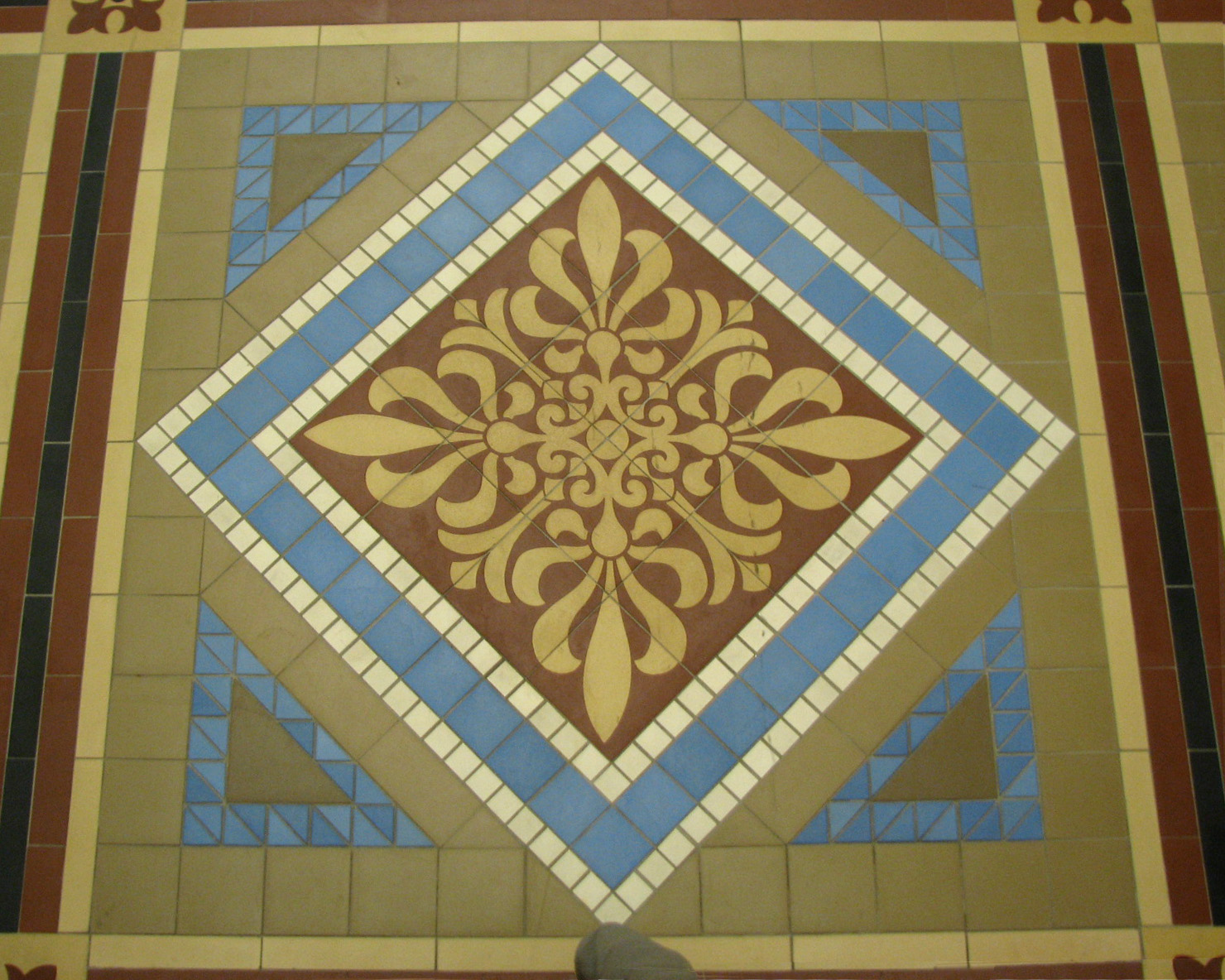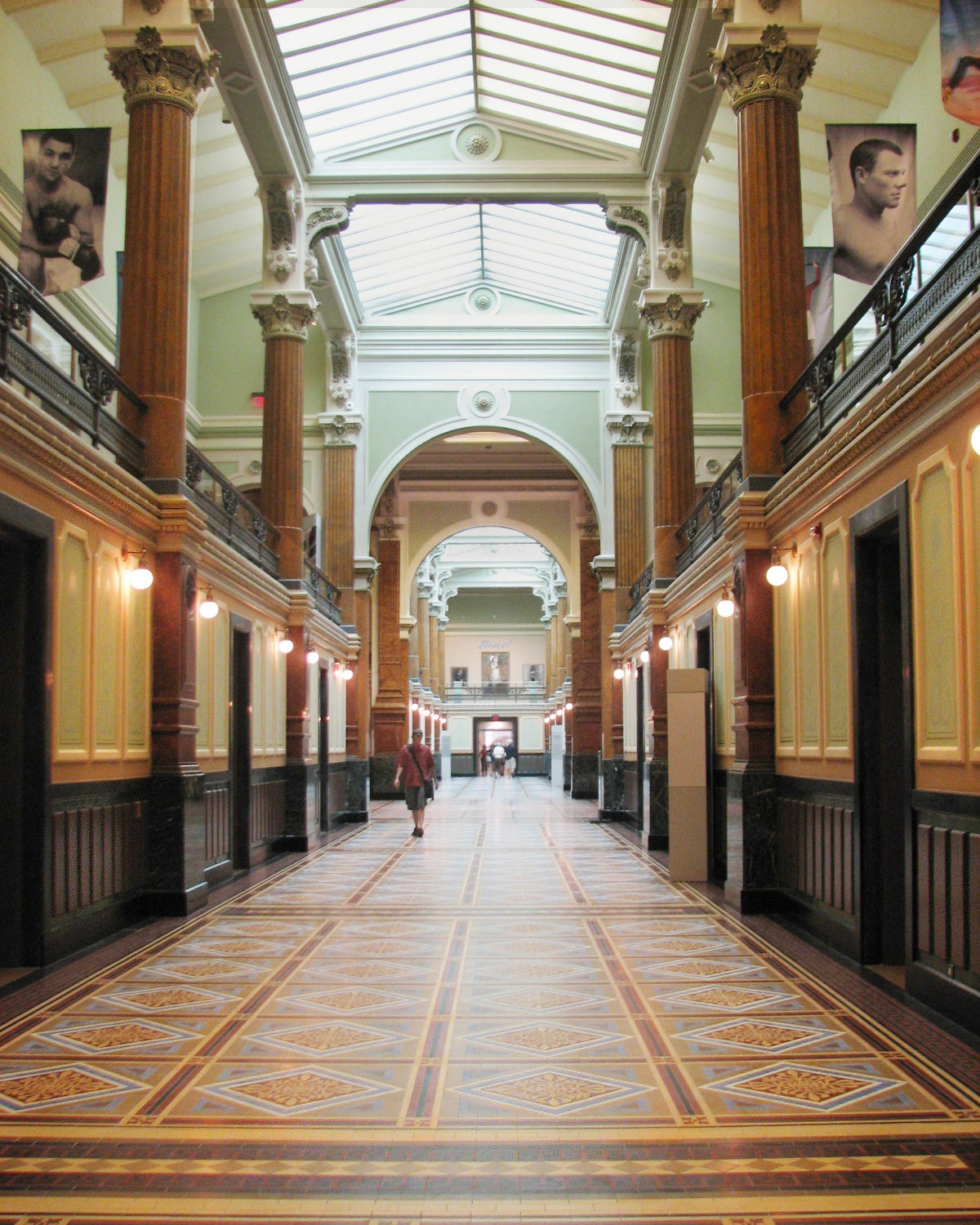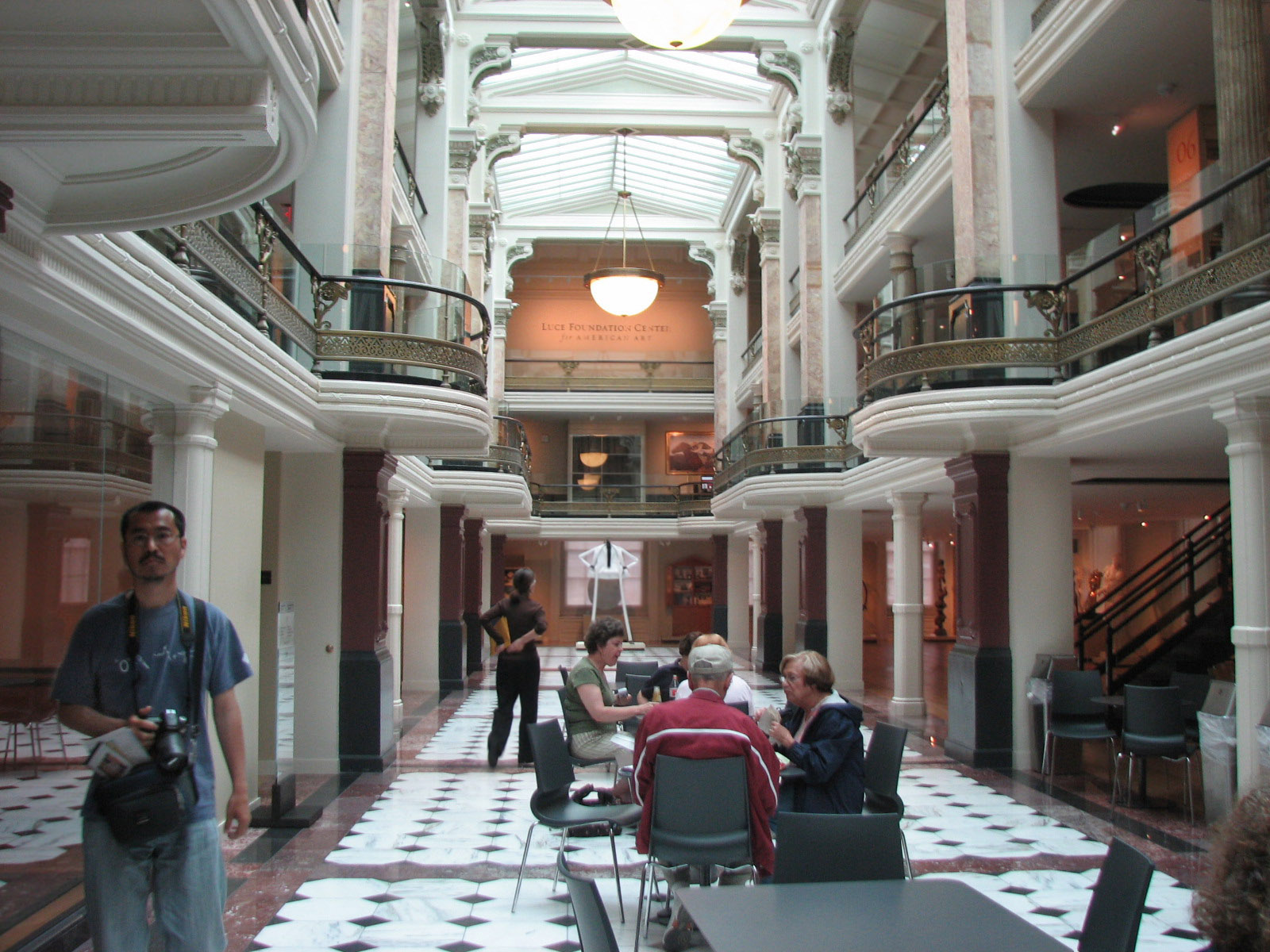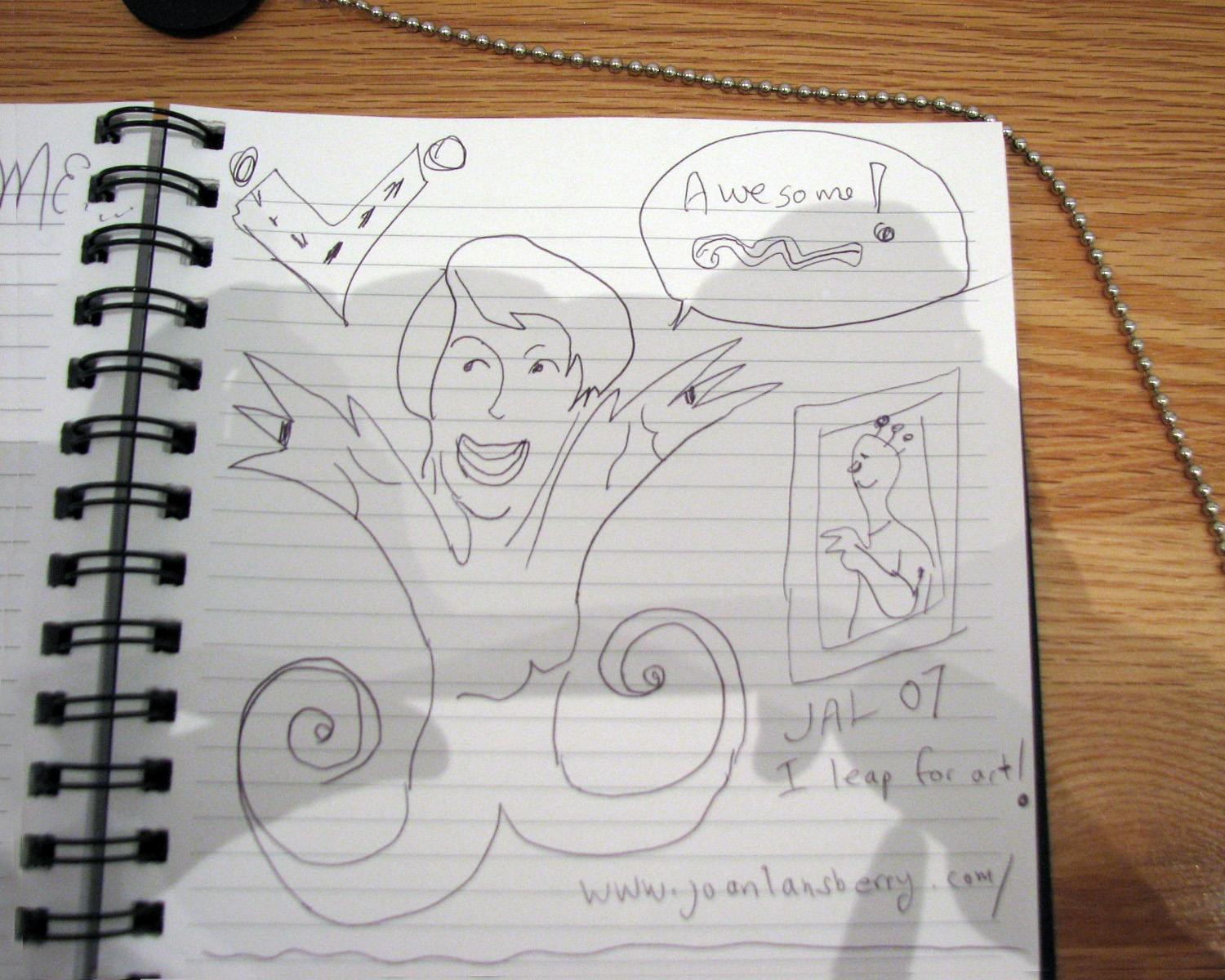|
Half the building is devoted to American art and half to the National Portrait Gallery. Through that portrait gallery, I feel that I've really met the face of America, as many of the people essential to its history are featured there.

Benjamin Franklin 1706-1790
Born Boston, Massachusetts
Artist- Joseph Siffred Duplessis (1725-1802)
From the accompanying info:
"Benjamin Franklin, in his day the most famous American in the world, returned from his years representing colonial interests in England just in time to be unanimously elected to represent Pennsylvania at the Second Continental Congress. Behind him was a lifetime of achievement as a printer, an unsurpassed author of wit and wisdom, an inventor, and a scientist. Ahead were his roles as a signer of the Declaration of Independence and as a member of the Constitutional Convention of 1787. In between was his triumph as a diplomat in France, where this portrait was ordered by Madame Brillon de Jouy, who loved Franklin's 'droll roguishness which shows that the wisest of men allows his wisdom to be perpetually broken against the rocks of femininity'.
In 1996 this portrait was selected as the basis for Franklin's engraving on the redesigned $100 bill."
And now to share another the face of another American, who influenced many people, including Henry David Thoreau and Walt Whitman, for whom the street on which this museum stands, is named.

Ralph Waldo Emerson 1803-1882
Born Boston, Massachusetts
Artist- Daniel Chester French (1850-1931
From the info:
"In 1832, Harvard-educated minister Ralph Waldo Emerson resigned his post at Boston's Second Congregation Church in a crisis of faith. Having cast off doctrine, Emerson went on in his voluminous writings to create a uniquely American school of philosophy, which harkened back to Thomas Paine's revolutionary politics of 'Common Sense' and anticipated William Jame's pragmatism. In Emerson's system, man approached God (embodied in nature) on his own, taking responsibility for his own salvation. Emerson preached self-reliance as Americans' core attribute; this empowered the individual in a way that led to dreams of perfectionism and supported the culture of American business."
America was a new country and optimism abounded then. Optimism may be a hard thing to bring about in times of dispair, but even so that self reliance, self responsibility and dreams of perfection can lead to powerful changes in one's life.
I not only met the visages of important Americans, but also those of several Britons, as the traveling exhibition Great Britons: Treasures from the National Portrait Gallery, London is on view until September 3, 2007.
Not only educational for me as an American to learn more about the forming of our country, these portraits were important for me as an artist. I learned something about the role of the portraitist. I read the 'by-lines' of a great many artist I'd never heard of. But mostly I was there to observe the personality of the depicted personnage come through. The portraitist is really there to 'channel' that person's personality and physical characteristic. It is NOT about 'self-expression'. Although certainly some aspects of the artist's self comes through via their unique vision. I like very much the work of Alice Neel in this regard.
And I did not know the poet E. E. Cummings was also an artist, as his self portrait is there:
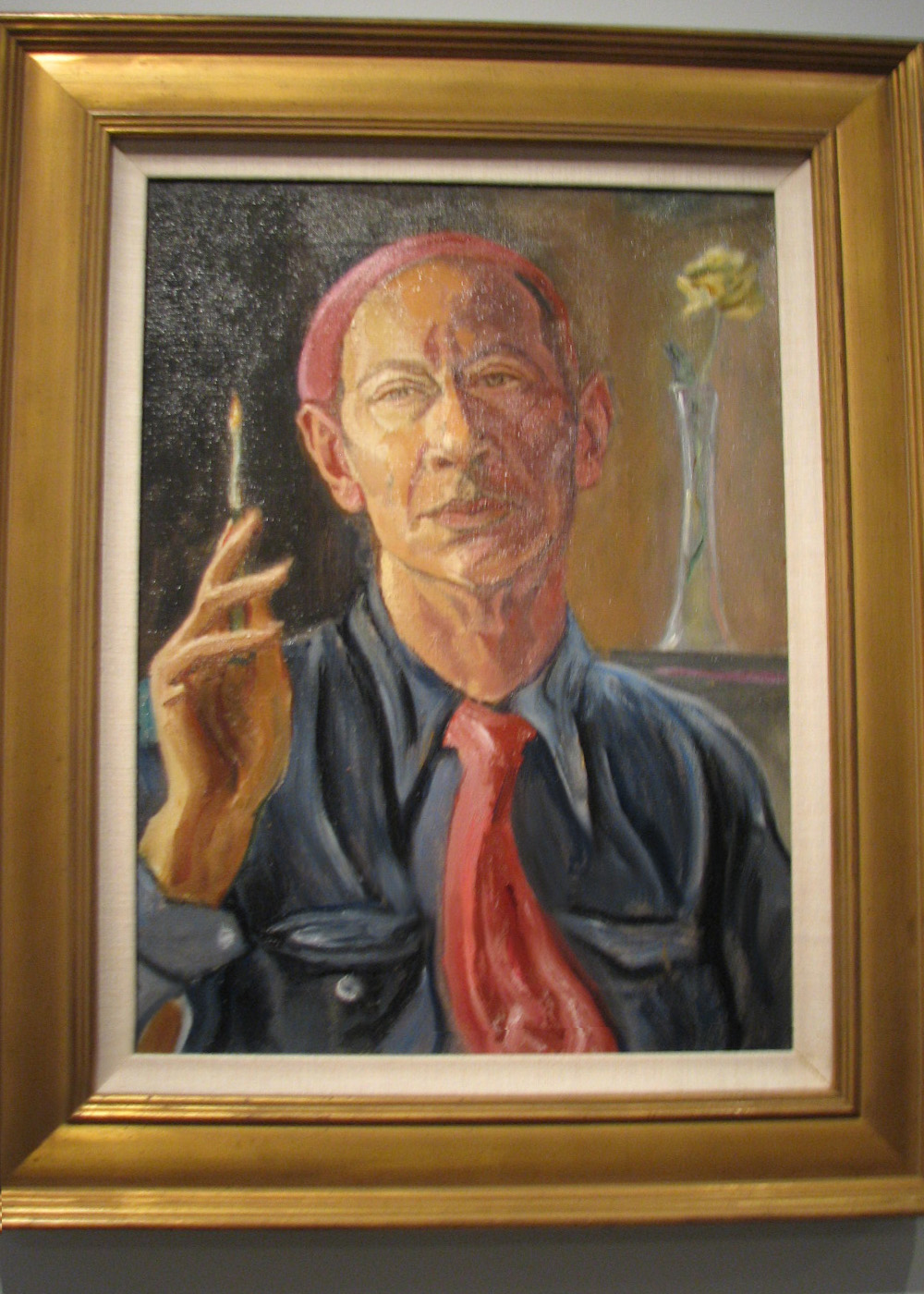
Self Portrait in 1958 of E. E. Cummings 1894-1962
Born Cambridge, Massachusetts
(Accompanying info):
"Poet E. E. Cummings, who famously avoided uppercase letters in his writings, declared that 'poetry and every other art was and is forever will be strictly and distinctly a question of individuality.' Believing that poetry was visual as well as verbal, Cummings defied rules of punctuation, capitalization, and arrangement of words on the page in his poems of the 1920s and 1930s, offering a new literary experience for Americans. For some, he demonstrated the rich possibilities for self-expression; others he left feeling uncomfortable and annoyed. In either case, his radicalism made an indeliable mark on twentieth-century letters and, in the words of one critic, extended 'the capabilities of poetry' well beyond its traditional limits. As this self-portrait indicates, Cummings was also a competent painter. After serving in World War I, he studied painting in Paris and exhibited his work in New York."
That feeling of being 'uncomfortable and annoyed', I must admit some of the art within this fine institution left me thusly. It's amazing how strong my reactions to modern art is. I love, LOVE, LOVE the Saul Steinbergs and Alexander Calders!
I hate, HATE, HATE the scribbly DeKoonings and others that seemed of pure disorder. The 'color-field' paintings left me cold, as well. Maybe if I was smoking some 'wacky tabakky', huge squares of color might call.
But even then, I might long for more CONTENT.
The soothing beauties of the aesthetic artists at turn of the last century, the open air delights of the Impressionists, of course these delight my eye.
But I really went wild for the Steinbergs and Calders!
(Steinberg's pieces are there only temporarily, only until June 24th, in Saul Steinberg: Illuminations, a travelling show. Alas, no photos were allowed!)
But the Calders are permanently placed and photographable:
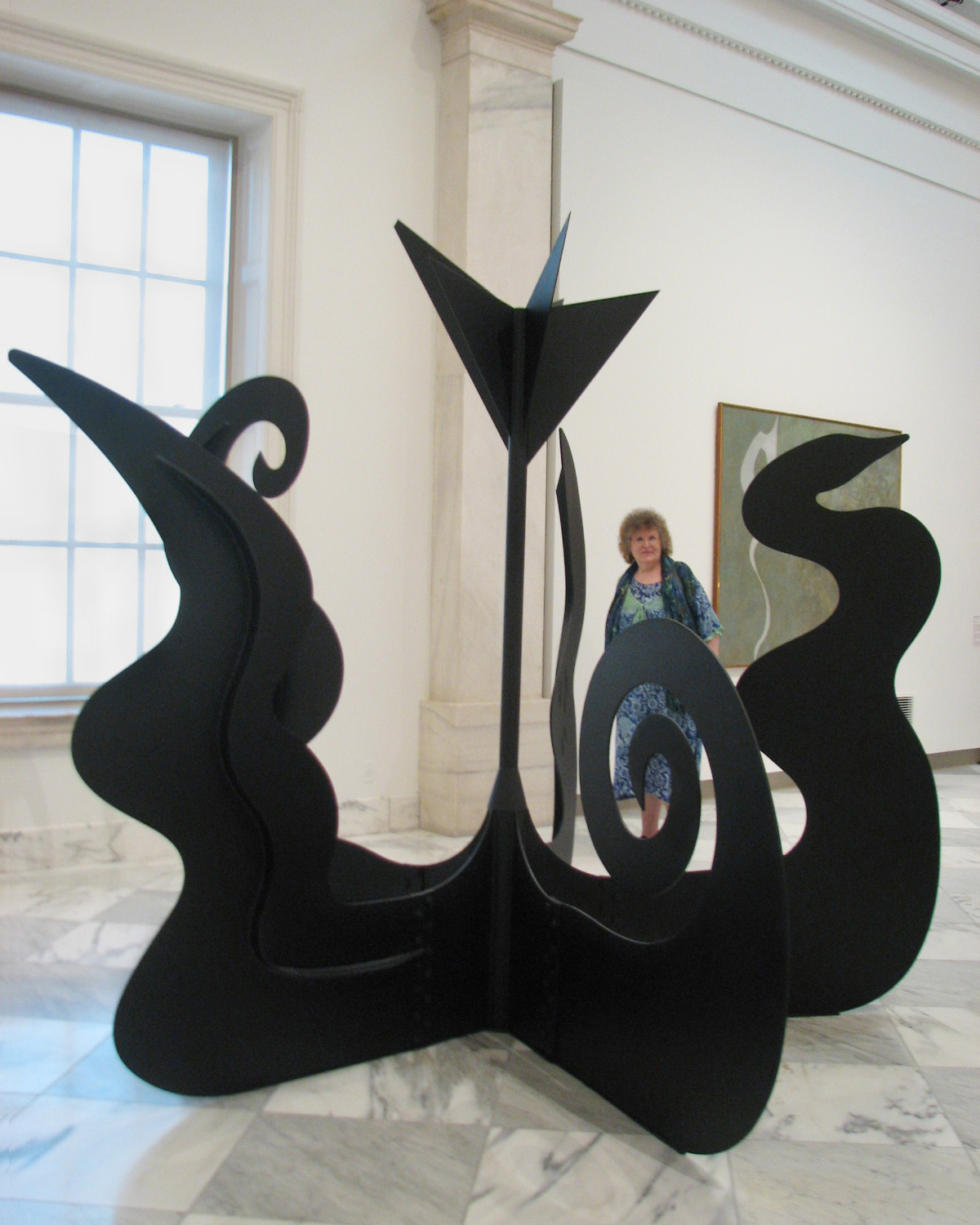
"Nenuphar" by Alexander Calder (1898 - 1976)
He created this at his workshop in France for the 1968 opening of the Smithsonian American Art Museum
I took two photos of it, one with Julia and one without her. Perhaps the forms were clearer solo, but the photo with Julia is much more pleasing. One reason for this is Calder's art is meant to be enjoyed by people. Through it, he expresses the spirit of whimsical play. You cannot look at it and feel 'old'.
|

